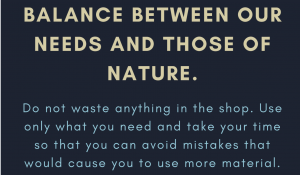
From my previous post (post #4), I expressed how I enjoy seeing timelines as it serves as a reminder to how we got to where we are. I found a timeline on major events for Aboriginal people in British Columbia on the BCTF website. It does not go into great detail, but still provides a decent quick overview for a short read. I am also a big fan of hanging posters/info in classrooms and believe this is a good one. Especially for high schools. I feel a little ashamed as I found it on the BCTF website, which is not exactly “deep” in the internet which makes me feel as if I should have found this earlier. Having my students contain a base level of understanding of how we got here, provides me with more of a platform for incorporating Indigenous perspectives in shop class.


